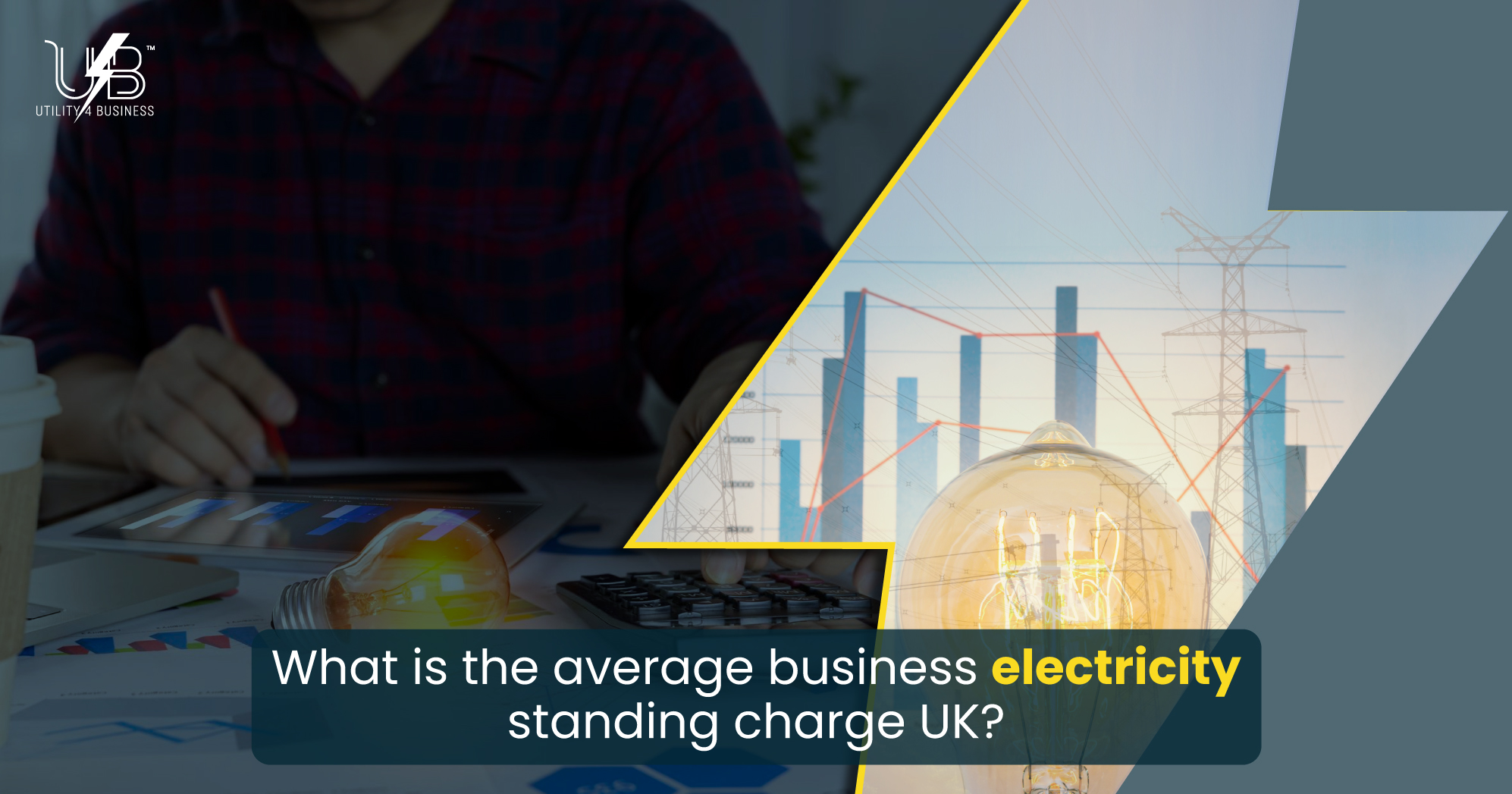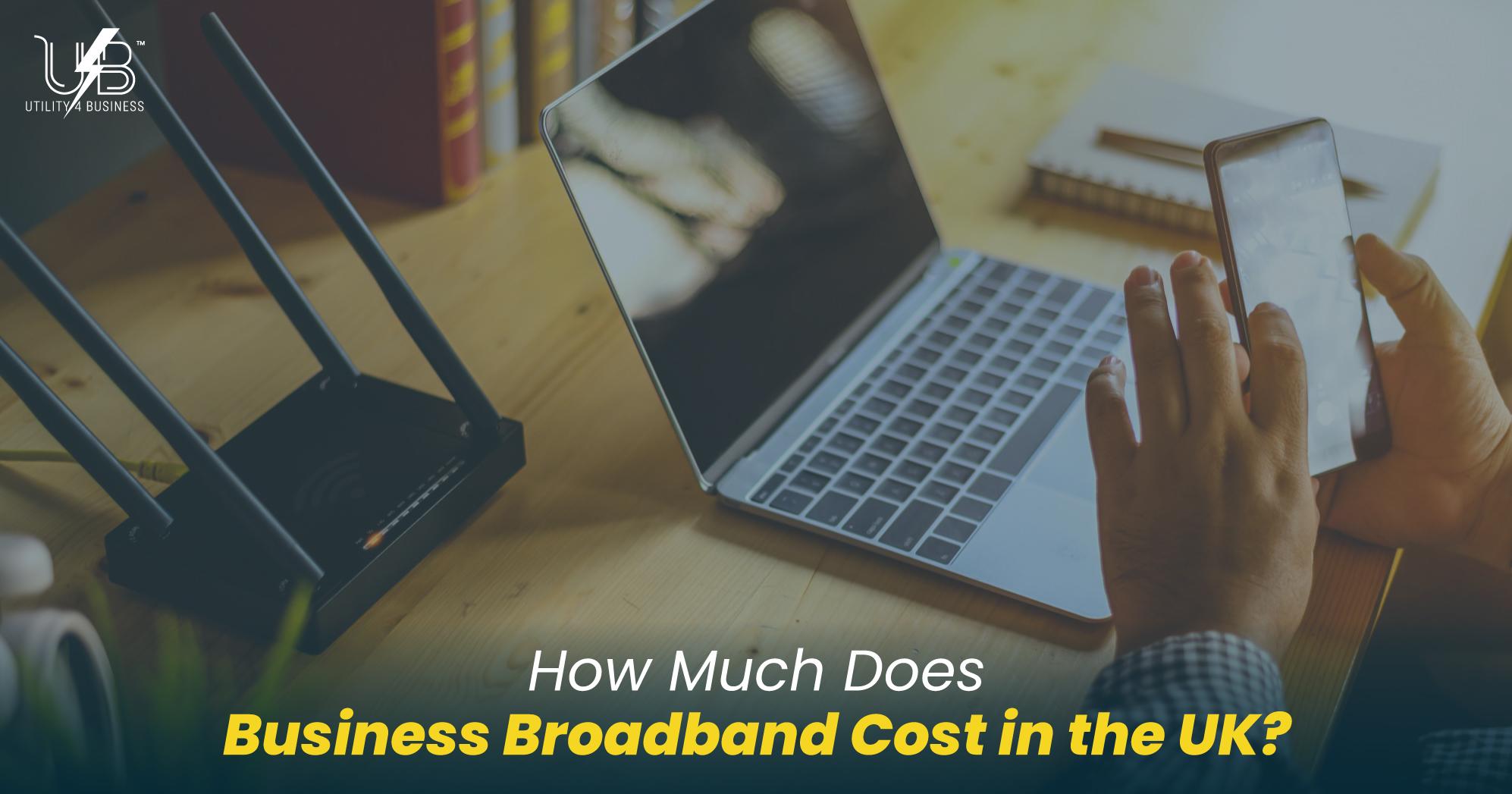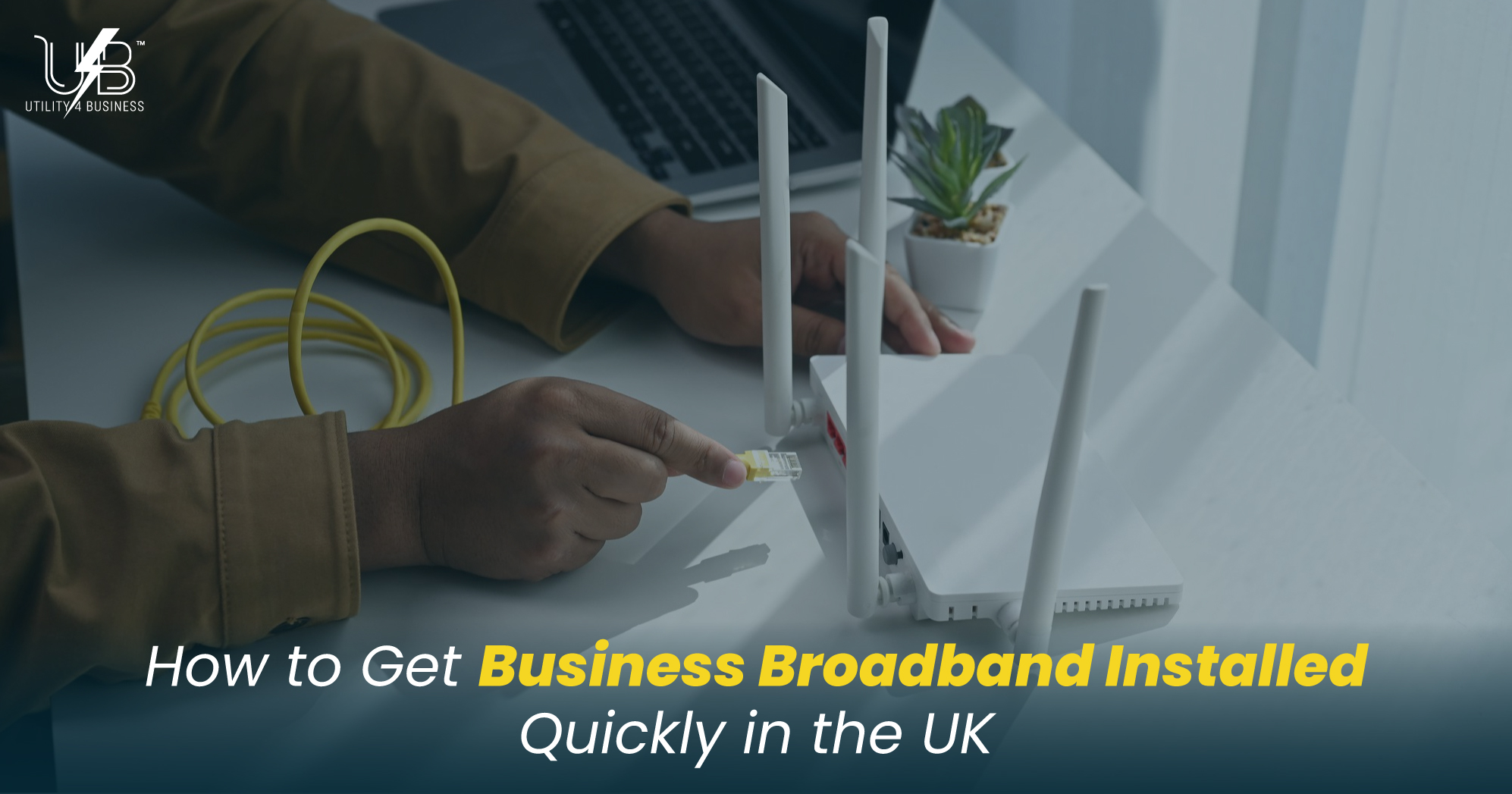What is the average business electricity standing charge UK?
UK Business Electricity Standing Charge

Why Are You Paying a Fee Every Day for Business Electricity—Even on Days You Use None?
If you run a business in the UK, you’ve probably noticed a business electricity standing charge on your bill and wondered why it’s there. It might seem strange, especially on days your usage is low or zero. But even if your business is closed for the day, you still pay that fee. So, what is it really? Why is it going up? And is there a way to reduce it?
This guide explores how the average standing charge UK businesses face works, what influences it, and how you can better manage your business electricity costs.
What is a Business Electricity Standing Charge?
A daily standing charge is a fee you pay every day, regardless of your energy use. It's part of your business energy standing charge, and your supplier will charge the standing charge fee.
It is the daily fixed charge that helps pay for many things, e.g, maintaining the power grid, supplier admin costs, taking meter readings, etc. It guarantees that your business is always connected and able to draw power.
You need to understand that the standing charge is separate to business electricity unit rates which is based on the number of kilowatt-hours (kWh) you use.
Although unit rates are able to change on a day-to-day basis, the daily electricity standing charge UK businesses face will remain the same on a day-to-day basis.
Factors Influencing Business Electricity Standing Charges
1. Regional Variations
Regional standing charges are not the same everywhere. Different areas of the UK have different network and infrastructure costs, and this is reflected in your standing charge.
For example, London sees lower charges (around 55.3p/day), while North Wales, Merseyside, and Cheshire can go as high as 97.2p/day. These differences affect UK business electricity rates, especially for smaller enterprises.
2. Business Size and Usage
If you're a large organisation with higher power demand, expect to pay more. Businesses with several meters or larger premises may face a higher SME electricity standing charge due to infrastructure needs.
On average, for small to mid-size enterprises using between 15,000 and 25,000 kWh/year, this fixed fee can make up 5% or more of their total business electricity prices.
3. Supplier and Tariff Type
Different business electricity suppliers set their own rates. Some offer low standing charge tariffs, while others balance a lower unit rate with a higher fixed fee.
It's rare, but some companies offer a zero standing charge or no standing charge tariff. However, these often come with much higher usage rates, which might not be cost-effective in the long run.
4. Market Conditions and Regulation
Wholesale price shifts, supplier failures, and regulatory changes all affect what you pay. Ofgem’s Targeted Charging Review pushed more network costs onto standing charges. Since there’s no energy price cap for business energy (unlike household bills), commercial energy tariffs can change frequently, meaning it's crucial to stay updated.
Average Business Electricity Standing Charges in the UK (2024–2025)
As of April 2024, the average standing charge UK businesses pay is 60p/day. That’s up from 53p/day just a few months earlier. If your business uses about 25,000 kWh annually, that’s around £219 per year spent just on the fixed charge, not on actual electricity.
Here’s a regional breakdown based on Ofgem standing charge data and supplier tariffs:
Region
Daily Standing Charge
London
55.3p
South East
57.1p
North Scotland
72.8p
North Wales & Merseyside
97.2p
These figures show why business electricity comparison is so important. Even within the UK, charges vary significantly.
Small Businesses vs. Larger Businesses:
- Small to medium-sized businesses (15,000–25,000 kWh/year): Avg. 81.9p/day
- Large businesses: Typically higher due to infrastructure demands or multiple meters.
Why Are Standing Charges Increasing?
1. Supplier Failures and the Energy Crisis
The collapse of 29 suppliers during the energy crisis left costs behind. These were picked up by the remaining suppliers and passed on to businesses via higher business energy standing charge rates.
2. Infrastructure Investment
To reach net-zero targets, the UK is upgrading its energy network. This means higher costs for everyone, and one way suppliers recover this is through the business electricity standing charge.
3. Ofgem’s Charging Review
The Ofgem standing charge review restructured how network costs are paid. Previously covered in unit rates, these costs were shifted to fixed charges, making standing charges more noticeable.
4. Price Volatility
Between 2021 and 2025, wholesale electricity prices surged by over 67%. While not directly linked, suppliers' increased operating costs eventually influence the fixed and variable fees they charge.
How to Reduce Business Electricity Standing Charge Costs
1. Compare Business Energy Tariffs
Use platforms that compare business energy tariffs from multiple business electricity suppliers. This helps you find better deals and see which tariff structure suits your usage.
2. Fix Your Rates
Securing a fixed contract for one to two years can lock in a decent rate and protect your business from future hikes in both standing charges and unit prices.
3. Be Energy Efficient
While standing charges are fixed, cutting your actual electricity usage helps offset total costs. Invest in LED lighting, motion sensors, and smart meters to lower your business electricity costs overall.
4. Stay Informed
Keep an eye on Ofgem standing charge updates. As the UK continues to develop greener infrastructure, standing charge structures could change again.
Conclusion
If you want to manage your energy costs more effectively, understanding your business electricity standing charge calculator is essential. These daily fees—now averaging around 60p/day across the UK—may seem small, but they quickly add up over the year.
If you're unsure whether your current business energy tariff is right for you, it’s time to take action. At Utility4Business, we help UK businesses find the best commercial energy tariffs, compare offers, and reduce their business electricity costs.
Find This Article Helpful? Share It Now!
At Utility4Business, we offer top-notch customer support and business utility solutions for businesses across the UK. Consider sharing this article and helping others discover how our expertise can add value to their business success.

Read Our Latest Posts
Explore our latest blog posts and learn how Utility4Business can support your business growth with tailored utility solutions and services. Stay ahead of the curve with the latest information from industry experts and take advantage of our user-friendly comparison services to find the best business deals.


Get Connected
At Utility4Business, our team of experts can help you figure out the highest-value business utility deals that will help your business grow over time.


